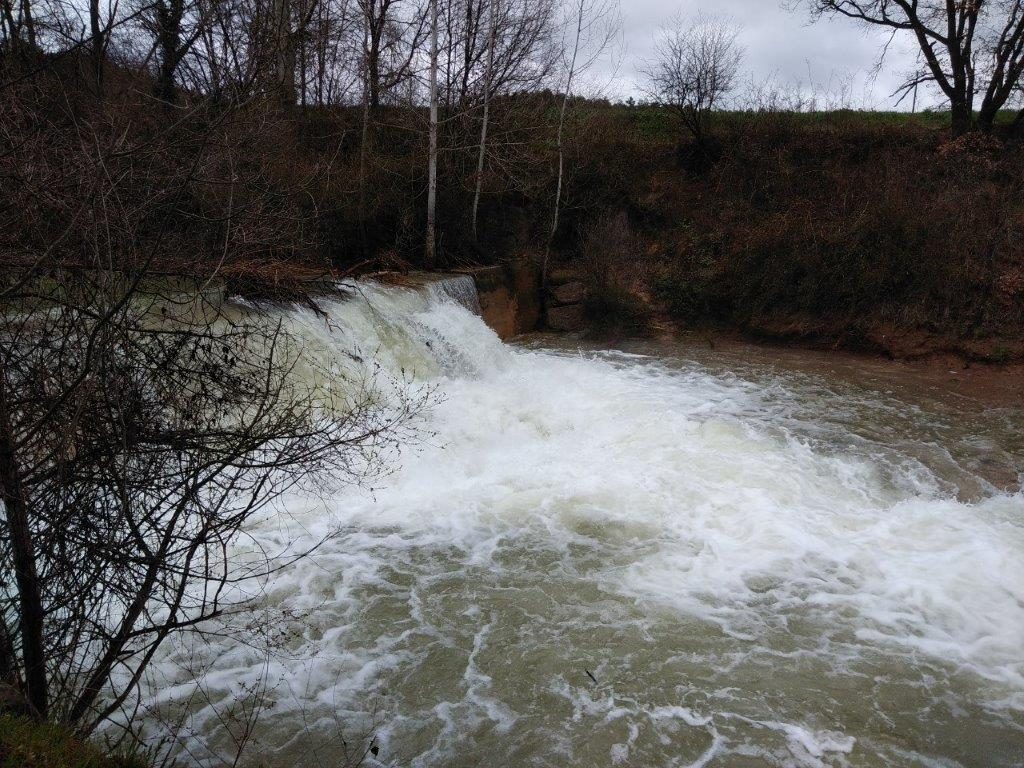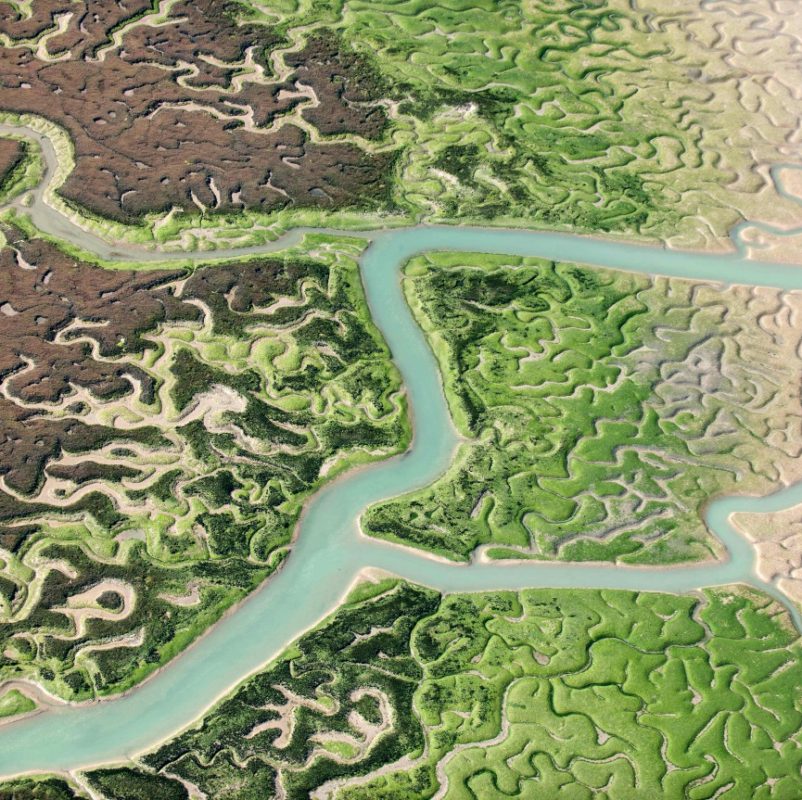En una nota recientmente publicada en Nature, Virgilio Hermoso, investigador del CTFC, entre otros autores, habla de las centrales hidráulicas y sus efectos sobre los humedales. Aquí se puede leer la nota publicada.
Adjuntamos el documento completo, por si es de vuestro interés:
In a recent comment, Muller (Nature 566, 315-317) argues in favour of hydropower projects because its capacity of reducing greenhouse gasses emissions (GHG) through the shrinkage of wetlands’ extent, while contributing to production of ‘green energy’. We argue Muller´s arguments that advocate for accelerating the decline of natural wetlands through yet more river damming, have little demonstrated benefit for climate regulation, while causing large impacts to the socioeconomic and ecological value of both river and wetland ecosystems. These arguments aim at cleaning a source of energy increasingly questioned as “green” and sustainable to continue the hydropower wave and continue benefiting from funding opportunities associated to climate change agreements (1). We think that climate change fight must be led by other alternatives that address direct anthropogenic sources of GHG emissions rather than proposing further damage to valuable and already depauperated ecosystems.
Muller´s argument in favour of hydropower regulation as suitable management tool for GHG emissions from wetlands is not fully supported by current scientific evidence. Although wetlands are thought to be responsible for about 20-25% of global methane emissions (2), they are also important carbon sinks, storing twice as much carbon as the world’s forests (2), a role ignored in Muller’s argument. Furthermore, hydropower dams could do nothing to prevent the major increases in methane emissions underway from wetlands in areas of permafrost thaw, while wetland drainage would contribute to increasing rates of CO2 emissions (3). Given the questionable role of hydropower as climate change regulator, Muller’s argument seems to be an attempt to divert attention from growing concerns about the environmental and socio-economic costs of these hydropower projects.
The argument in favour of hydropower further weakens if we consider the socioeconomic and ecological impact that this strategy might cause, something completely (intentionally) overlooked in Muller´s Comment. Wetlands play a vital socio-economic and ecological role in our planet, but are already one of the most heavily degraded ecosystems in the world and Muller´s proposal comes into conflict with international conservation policies developed through a broad consensus, such as Ramsar Convention, Convention on Biological Diversity, and the Sustainable Development Goals of the UN, some of which Muller undermines in his Comment.
The extent of natural wetlands has dramatically decreased due to dam construction, and transformation for agricultural and urban uses, with reductions of over 80% since the 700´s and 35% between 1970 and 2015 (2). On the other hand, artificial wetlands, mostly rice paddies and reservoirs, almost doubled their extent in the 1970-2015 period, now forming 12% of wetlands globally and up to 23% in the Mediterranean region. Importantly, these increases cannot compensate for the associated loss of natural wetlands, which are more important for biodiversity and support many more globally threatened and endemic species (4), as claimed by Muller.
Wetlands have a key value for human development and wellbeing. The global estimated value of wetlands for ecosystem goods, services, biodiversity, and cultural considerations surpasses that of all other non-marine ecosystems combined (5). Floodplain wetlands supply human populations with food, drinking water, fibre and fuel. For example, more than 1 million tons of freshwater fish are caught annually in the floodplains of the Mekong River alone providing the main source of proteins for millions of people. For these reasons, wetlands are central to meeting many of the United Nation’s Sustainable Development Goals, focusing on poverty, hunger, health, energy, consumption and climate change (6).
Moreover, wetlands are crucial for the conservation of freshwater biodiversity. Freshwater species are more imperilled than those of terrestrial and marine environments with estimated population declines over 80% since 1970 (7). River damming is one of the most important and persistent threats to freshwater biodiversity, with almost half of the global volume of water circulating through rivers being currently regulated, a figure that would surpass 90% if planned hydropower projects are completed (8). Dams disrupt flow regimes, sediment transportation and fish migration routes, producing impacts that range from local to whole basin scales (9, 10). By trapping sediments, dams accelerate the disappearance of deltas under sea level rise, precisely in areas where human densities are particularly high and where the most important wintering sites for migratory waterbirds are located (9). We are currently witnessing an accelerated rate of dam construction, driven by the impulse of the global hydropower boom, promoting a multitude of both large and small hydropower projects with huge impacts on river and wetland ecosystems and on the livelihoods of millions of people (1). Freshwater ecosystems in general and wetlands in particular could become the biggest losers of this race for hydropower development if not adequately regulated and assessed (1).

Proposals for yet more dams must be cautiously evaluated so we do not compromise human wellbeing and persistence of biodiversity to a small benefit. The potential contribution of river regulation to the control of GHG emissions is speculative and currently lacks scientific support. At best, the capacity of hydropower regulation to reduce GHG emission is limited, as the main sources of methane cannot be controlled by river damming, whereas it would inevitably cause harm to the remaining wetlands in the world, mainly floodplain areas of high conservation and socio-economic value. It is not the functioning of shrinking natural wetland ecosystems what is driving global warming through increases of GHG in the atmosphere, but anthropogenic emission sources. So, don’t blame it on wetlands (blame it on our boogie), we need to stop criminalizing them and focus our efforts on direct anthropogenic sources of GHG emissions as a more sustainable strategy to fight climate change, more respectful with the environment rather than further damaging it.
Virgilio Hermoso (CTFC), Miguel Clavero and Andy J. Green (Estación Biológica de Doñana EBD-CSIC. Sevilla, Spain)
References
(1) Hermoso, V. Glob Chang Biol 23, 3433-3436 (2017).
(2) Ramsar Convention on Wetlands. Global Wetland Outlook: State of the World’s Wetlands and their Services to People. Gland, Switzerland: Ramsar Convention
Secretariat (2018).
(3) Miettinen, J. et al. Environ Res Lett 12, 024014 (2017).
(4) Sebastian-Gonzalez, E. & Green, A. J. Ecography 39,1176-1184 (2016).
(5) Junk, W.J. et al. Aquat Sci 75, 151–167 (2013).
(6) Moomaw, W.R. et al. Wetlands 38,183-205 (2018).
(7) WWF (2018) Living Planet Report – 2018: Aiming Higher. Grooten, M. and Almond, R.E.A.(Eds). WWF, Gland, Switzerland.
(8) Grill, G. et al. Environ Res Lett 10, 015001 (2015).
(9) Giosan, L. et al. Nature 516, 31-33 (2014).
(10) Sánchez-Zapata, J. A., et al. Effects of renewable energy production and infrastructure on wildlife. In Current Trends in Wildlife Research (pp. 97-123, Springer 2016).
Foto: Tidal marsh (Héctor Garrido/EBD-CSIC)
Last modified: 17 Abril 2019










